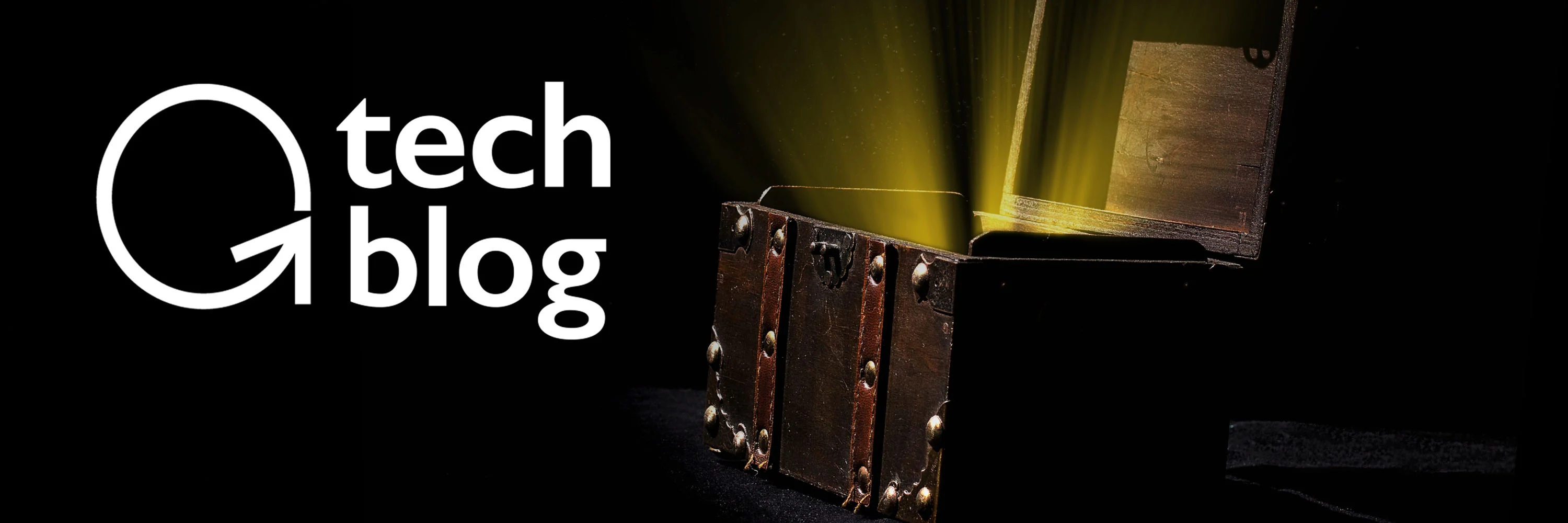
Nothing accelerates technological innovation like cash. Lots of cash.
More bucks mean more Buck Rogers.
More cash translates into more people building, experimenting, failing, and eventually creating breakthroughs.
There is now more “capital abundance” than any other time. As The Economist points out, companies raised more capital in 2020 (in the midst of a pandemic) than any time in human history.
We will experience an unprecedented era of capital abundance and this will massively accelerate innovation and fund crazy ideas and Moonshots.
In this blog, let’s look at three areas:
-
Crowdfunding
-
Venture funding
-
SPACs
Let’s dive in.
(1) Crowdfunding
At the low end of the capital abundance spectrum is crowdfunding: a peer-to-peer network where any person can present their product or service to the world and ask for funding.
Funding can come in the form of a loan, an equity investment, a reward, or an advanced purchase of the proposed product or service.
Since I first discussed crowdfunding in BOLD, the phenomenon has exploded onto the scene, making it vastly easier for an entrepreneur anywhere in the world to digitally pitch their idea and raise the funds to start their business.
The total worldwide volume of crowdfunding, inclusive of peer-to-peer lending, was $14 billion in 2019, with over 2,000 platforms to access funding. But like many digital platforms, this too is experiencing double-digit growth. Experts project crowdfunding to reach $30 billion by 2025.
In 2020, over $225 million of equity crowdfunding was raised in the US alone.
Kickstarter, one of the most popular reward-based crowdsourcing platforms, has launched over 516,000 projects, and $5.6 billion has been pledged on the site.
Ultimately, crowdfunding fully democratizes access to capital, allowing anyone with a good idea, anywhere, to receive the cash they need to get going.
It’s no surprise that Goldman Sachs described crowdfunding as “potentially the most disruptive of all the new models of finance.”
(2) Venture Funding
In contrast, venture funding has been a more traditional source of startup capital over the past five decades, helping to birth household names from Apple and Google to Amazon and Uber.
Venture capitalists, better known as VCs, raise money from individuals, corporations and institutional investors (e.g., pension funds) and invest that money in exchange for equity in high-growth companies.
Depending on the stage of the company, and the size of the fund, these investments range widely… from a hundred thousand dollars invested during a seed stage to hundreds of millions of dollars invested to support later, growth-stage companies.
In 2020, U.S. venture capitalist firms invested $156.2 billion in startups, equivalent to about $428 million every day of the year. This record sum was up from $136.5 billion invested in 2019.
Here too, the world is experiencing staggering global growth and setting new records during a pandemic! In 2020:
-
U.S. Venture Investments reached $156 billion (a new record)
-
In Asia, venture peaked at nearly $80 billion
-
European venture reached $40 billion
As you might expect during a pandemic when everyone is focused on health, the biotechnology industry experienced massive year-over-year growth from $17.2 billion in 2019 investments to an all-time high of $27.4 billion across 998 deals invested in 2020, largely driven by medical breakthroughs in vaccine development and COVID-19 therapies.
(3) SPACs… LOTS of $PACs
The world of SPACs has exploded, increasing the velocity of public market funding for companies.
In 2020, SPACs raised nearly $80 billion in gross proceeds, surpassing the $13.6 billion raised from IPOs last year.
Today there are some 300+ SPACs, each of which is a public “blank check company” with anywhere between $50 million to $4 billion+ (typically $100 million to $400 million) “in trust” looking for operating companies to merge with and take to the public markets.
SPACs now make up about half of the IPO market, up from 14% in 2007 (the last SPAC peak).
So, what exactly is a SPAC?
Let’s break it down. SPACs, or Special Purpose Acquisition Companies, act as shell companies that issue public shares, raise money (again a typical SPAC will have $100 million to $400 million of capital in trust), and ultimately acquire (merge with) an operating company. From the time a SPAC raises its funds, it has two years to find an operating company to merge with.
Ultimately, it’s a giant “dating game”… SPACs looking for a “public-ready” operating companies to merge with… And private operating companies looking for a SPAC with the right amount of cash-in-trust and the right mix of investors involved.
There are many reasons a company would prefer to go public via a SPAC, typically related to ease and speed.
SPACs have famously taken a wide range of companies into the public markets including: Virgin Galactic (a space tourism company), QuantumScape (a battery company), and DraftKings (a digital sports entertainment and gaming company).
Many exponential technology companies have gravitated towards SPACs to access funding for their long-term missions. Joby Aviation, an electric flying vehicle startup, recently announced its intent to merge with a SPAC co-led by LinkedIn founder Reid Hoffman. Rocket Lab, a company launching small satellites into space, announced its intent to go public via SPAC this past week. And two companies I’m affiliated with: Celularity (cellular medicine company) and Astra (a small orbital launcher).
Most SPAC founders (known as “sponsors”) will keep 20% of the equity of the operating company they merge with (if done within two years). Otherwise, they return the capital and suffer some downside losses.
From former US Congressman Paul Ryan to athletes Shaquille O'Neal to Serena Williams, SPAC founders are popping up everywhere.
How long will the SPAC crazy continue? Is it a bubble? That is anyone’s guess. There are so many groups seeking to create SPACs that the SEC is overloaded with S4 filings. But it’s also true that there are many amazing late-stage operating companies that can be massively accelerated with sufficient SPAC capital.
As an entrepreneur, should you consider a SPAC? Here’s my check list for you to consider:
-
Are you as the CEO ready to be a public company CEO?
-
Is your company and leadership team ready to be a public company? Do you have the right CFO, the correct Board composition and policies in place?
-
Are all your audits done?
-
Do you have strong revenues and a strong growth plan?
-
Can you make use of the capital a SPAC will provide to fuel that growth (most SPACs range in size from $100 million - $400 million). (Note: The game is more complex than this because investors can redeem their money, and many times a PIPE, Private Investment in a Public Entity, is required to backstop redeemed capital. More on how SPACs work here.)
Final Thoughts
If you’re an entrepreneur, this is an exciting time. It’s raining capital and its time to put out buckets!
Between crowdfunding sites, venture funding, ICOs, and SPACs, there is no capital-related excuse to put off pursuing your MTP and Moonshot.
The speed at which you can go from "I've got an idea" to "I run a billion-dollar company" is moving faster than ever.
What are you waiting for?
Join My Abundance 360 Community
If you want to understand how to use all this available capital along with converging exponential technologies to create breakthroughs, then consider joining my Abundance 360 Community.
Every year, my team and I select a group of 360 entrepreneurs and CEOs to coach over the course of a year-long program. A360 starts each January with a live event and continues every two months with Implementation Workshops, in which I personally coach members in small groups over Zoom.
My mission is to help A360 members identify their MTP, select their moonshot, and craft an Abundance, Exponential, and Longevity Mindset. Together we will actively select and reinforce your preferred Mindsets.
Topics: Abundance Entrepreneurship Finance Exponentials Abundance 360 crowdfunding capital venture capital investing exponential technology future tech







